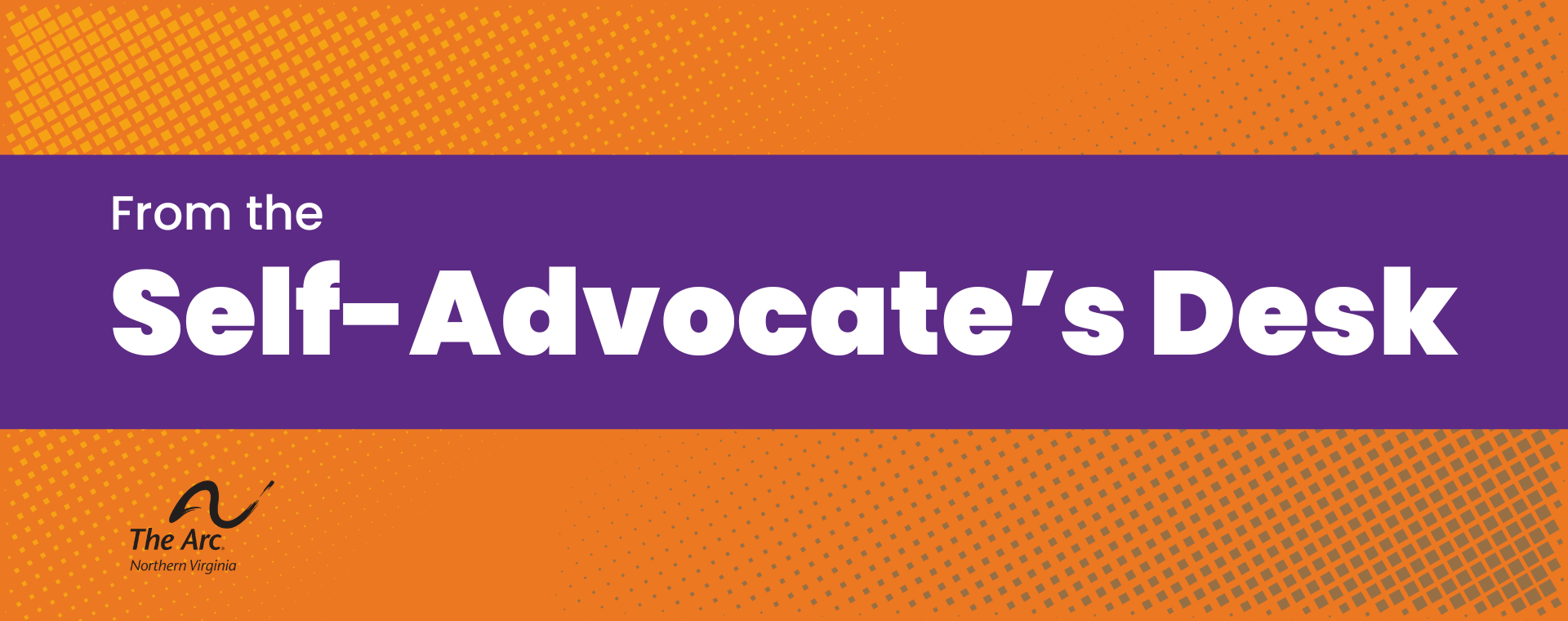Introduction
The ongoing discussion surrounding Charter Schools and Special Schools is both timely and necessary. These educational environments often serve as pivotal junctures for students whose needs and learning styles diverge from the traditional classroom model. However, it is critical to examine not only the settings themselves, but also the decision-making processes and systemic factors that influence student placement. I appreciate the opportunity to contribute to this dialogue and share insights drawn from my personal experience and ongoing advocacy within educational and disability justice contexts.
Personal Experience: Navigating Near Placement
Between 2006 and 2009, as a student within the Oak Park and West Bloomfield school systems, I was frequently on the cusp of being placed in either a charter or special school. Importantly, these considerations were not precipitated by disciplinary infractions or academic failure, but rather by a perceived incongruence between my learning style and the expectations of mainstream education.
At the time, the rationale behind such placements typically seemed implicit rather than explicit—a subtle, systemic impulse to redirect students who did not conform to conventional norms. Rather than a deliberate, student-centered strategy aimed at empowerment, these recommendations frequently reflected an institutional inclination to separate those who appeared different. The experience highlighted the ease with which differences can be pathologized or managed through exclusion, rather than embraced as diversity.
The Impact on Student Identity and Self-Worth
Being considered for alternative placement created challenges beyond academics. It shaped how I viewed myself and my potential. The message that my learning style was a problem needing relocation, rather than a difference to be supported, risked diminishing my confidence and sense of belonging.
For many students, such placements can carry stigmas that affect motivation and social connection. The education system must be mindful of how placement decisions influence identity development and self-esteem, reinforcing the need for sensitive, inclusive practices.
Systemic Perspectives: Implications of Placement Practices
This personal narrative illustrates a broader systemic tendency to respond to educational challenges with categorical placements rather than nuanced, individualized solutions. While Charter and Special Schools can offer vital specialized services and flexible curricula designed to meet distinct needs, their designation as default alternatives risks perpetuating segregation and marginalization.
Placement decisions are often influenced by factors beyond the student’s unique requirements, including resource limitations, institutional biases, and an overarching discomfort with neurodivergence or disability. Without transparent processes and meaningful engagement with students and families, these decisions can undermine trust and contribute to a cycle of disenfranchisement.
Furthermore, the tendency to funnel students toward separate settings may obscure the need for mainstream educational reform—investing in inclusive practices, differentiated instruction, and professional development that equips educators to support diverse learners within their own classrooms.
The Role of Family and Student Advocacy
Families and students must be empowered to actively participate in placement decisions. Too frequently, families are presented with limited options or insufficient information, reducing their ability to advocate effectively. Promoting accessible communication, education about rights and resources, and supportive advocacy can help ensure that decisions reflect the student’s best interests.
As a self-advocate, I emphasize the importance of amplifying student voices. When students are included in discussions about their education, they gain agency, and the likelihood of appropriate placement increases.
Organizational Perspective: Driving Systems Change
From my role with The Arc of Northern Virginia, I see the critical need for systemic change that goes beyond individual placement decisions. Organizations must work collaboratively with schools, policymakers, and communities to address root causes, such as implicit biases, inadequate training, and structural barriers.
Investing in professional development for educators, fostering inclusive curricula, and strengthening resources in mainstream settings are essential strategies. The goal should be to minimize unnecessary placement in alternative schools and maximize opportunities for students to learn and thrive alongside their peers.
Moving Forward: Strategies for Change
To create meaningful and lasting improvements, education systems must prioritize several key strategies:
- Inclusive Professional Development: Training educators to recognize and support diverse learning styles and neurodivergence within general education settings.
- Transparent Decision-Making: Implementing clear, collaborative protocols that involve students, families, and advocates in placement discussions.
- Resource Allocation: Ensuring schools have sufficient resources to support differentiated instruction and accommodations without resorting to exclusionary placements.
- Data and Accountability: Collecting and analyzing placement data to identify disparities and develop targeted interventions.
- Community Engagement: Partnering with disability advocacy groups and families to co-create policies that reflect lived experiences and best practices.
These strategies require commitment at all levels—from classroom teachers to district leadership and policymakers—to shift toward an educational system grounded in equity and inclusion.
Call to Action
I encourage educators, families, advocates, and policymakers to come together to challenge assumptions about placement and to actively work toward educational environments where all students feel valued and supported.
- Educators: Advocate for training and resources that empower you to teach inclusively and creatively within mainstream classrooms.
- Families: Know your rights, seek information, and participate fully in decisions about your child’s education.
- Advocates and Organizations: Continue amplifying self-advocate voices and push for policies that prioritize inclusion and equity.
- Policymakers: Commit to funding, oversight, and legislation that address systemic barriers and promote transparent, equitable placement processes.
Together, we can transform educational systems to truly serve every learner’s potential.
Closing Reflection
The decision to place a student in a charter or special school carries profound educational and personal implications. It requires ongoing scrutiny, humility, and a steadfast commitment to the dignity and aspirations of the individual. I share my experience and perspective not to critique alternative educational settings themselves but to emphasize the necessity of reflection, transparency, and student-centeredness in all placement decisions.
Thank you for taking the time to engage with this reflection.
Warm regards,
Ian Allan
Self-Advocate for The Arc of Northern Virginia
Ian Allan is a self-advocate with a deep commitment to policy literacy, systems change, and disability justice. Through The Arc of Northern Virginia, he works to ensure that people with intellectual and developmental disabilities are not merely served by systems, but are actively shaping them.

